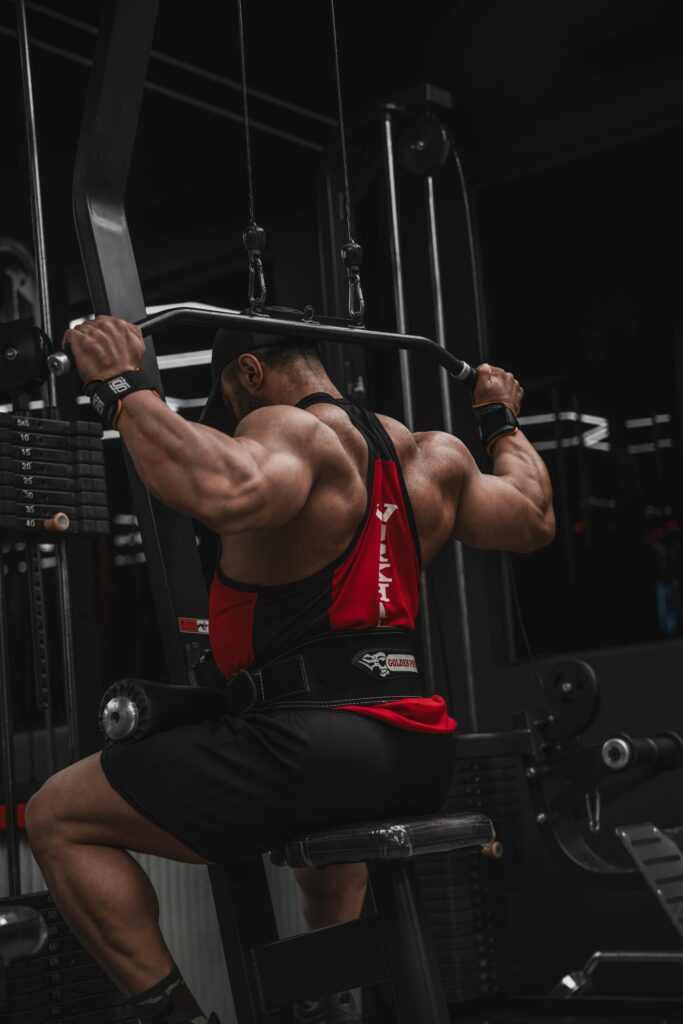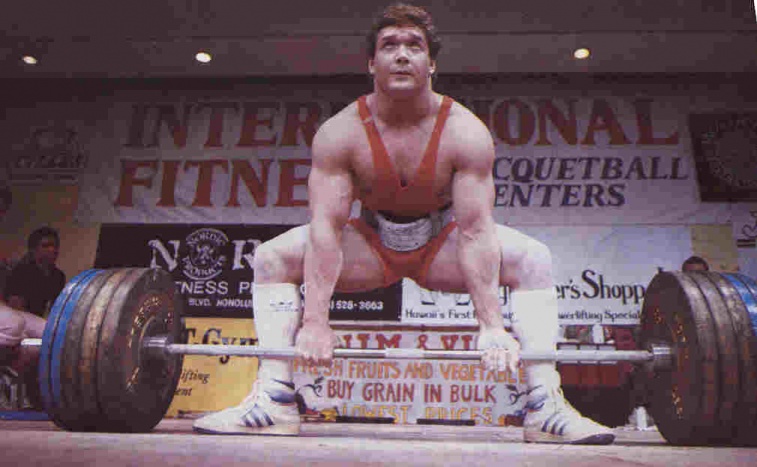No, you don’t have to do pulldowns to build your lats, although they are a highly effective exercise for targeting the latissimus dorsi. There could be many reasons why you pulldowns are not effective, from anatomical (your arms perform most of the work), you have an injury in which you should avoid overhead movements, or you can just not get that mind muscle connection down, to name a few. There are many alternative exercises that can effectively work your lats. The key is to perform movements that involve shoulder adduction (bringing your arms down towards your torso) and shoulder extension (pulling your arms down and back).
Alternative Lat Exercises
Here are some excellent exercises to build your lats without pulldowns:
1. Pull-Ups (and Variations)
- Why It Works: Pull-ups are a compound bodyweight exercise that directly targets the lats. Since your body is not fixed and allowed to move within the plane of your pulling motion, these can be an effective alternative. If you cannot do your bodyweight, use the pull-up counter weight machine, bands, or keep a box under your feet to help with pulling up and then do a slow negative down.
- Variations:
- Wide-Grip Pull-Ups: Emphasize the lats more.
- Chin-Ups (Underhand Grip): Engage the lats and biceps.
2. Barbell Rows
- Why It Works: This compound movement targets the lats along with other upper back muscles. A staple in the weightlifting world for decades, this is great for those with overhead shoulder issues and building overall back and body strength.
- How to Do:
- Hold a barbell with an overhand or underhand grip.
- Bend at the hips and keep your back straight.
- Pull the barbell towards your torso.
3. Dumbbell Rows
- Why It Works: A unilateral movement that helps correct muscle imbalances and builds lat thickness. Similar to barbell rows, using dumbbells allows your arms to work independently and address weak points.
- How to Do:
- Support your body on a bench with one hand.
- Row a dumbbell towards your hip while keeping your torso stable.
4. Lat Pullover (Cable or Dumbbell)
- Why It Works: Stretches and contracts the lats through a large range of motion. This is a good alternative for shoulder injuries or issues because it allows you to keep your shoulder forward.
- How to Do:
- Lie on a bench with a dumbbell or stand in front of a cable machine.
- Extend your arms overhead and pull the weight down in an arc.
5. Inverted Rows
- Why It Works: A bodyweight alternative that targets the lats and upper back. Another great exercise that allows independent movement of the body.
- How to Do:
- Set up a barbell in a rack or use TRX bands.
- Lie underneath and pull your chest towards the bar.
6. T-Bar Rows
- Why It Works: Focuses on the lats while also engaging the rhomboids and traps.
- How to Do:
- Stand over a T-bar machine or a barbell with a close-grip handle.
- Pull the weight towards your torso while maintaining a neutral spine.
7. Single-Arm Lat Pulldown (Using a Resistance Band or Cable)
- Why It Works: Allows you to isolate each side of the lats. By working independently, both arms are not being forced into a pattern and can work on their own terms.
- How to Do:
- Attach a band or use a cable with a single handle.
- Pull down towards your shoulder while keeping your torso stable.
Key Tips for Lat Development
- Mind-Muscle Connection: Focus on feeling the stretch and contraction of your lats during each movement. Think about pulling with your elbows, not with your hands. Use a weight that allows you to feel it in your back first.
- Progressive Overload: Gradually increase the resistance and/or volume over time.
- Range of Motion: Use full range of motion to maximize muscle activation, when possible. Injuries or other issues could limit range of motion, so work with what you can.
- Grip Variation: Use different grips (e.g., overhand, underhand, neutral) to target the lats from different angles. Everyone is different, so find the grip that hits your lats most effectively.
While pulldowns are a great lat exercise, these alternatives can effectively develop your lats and may even provide more variety in your workout routine.



